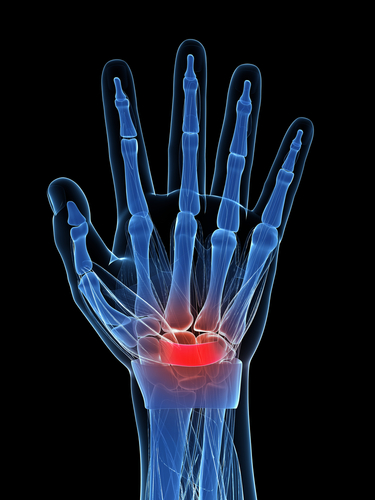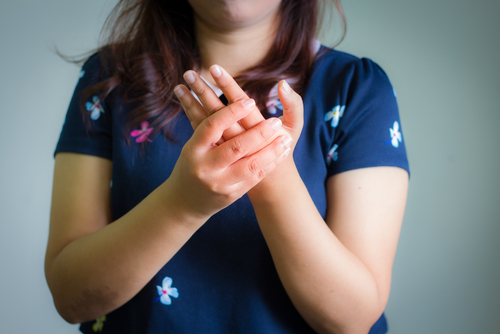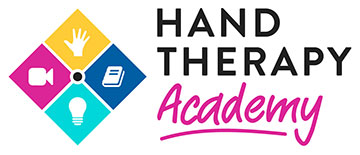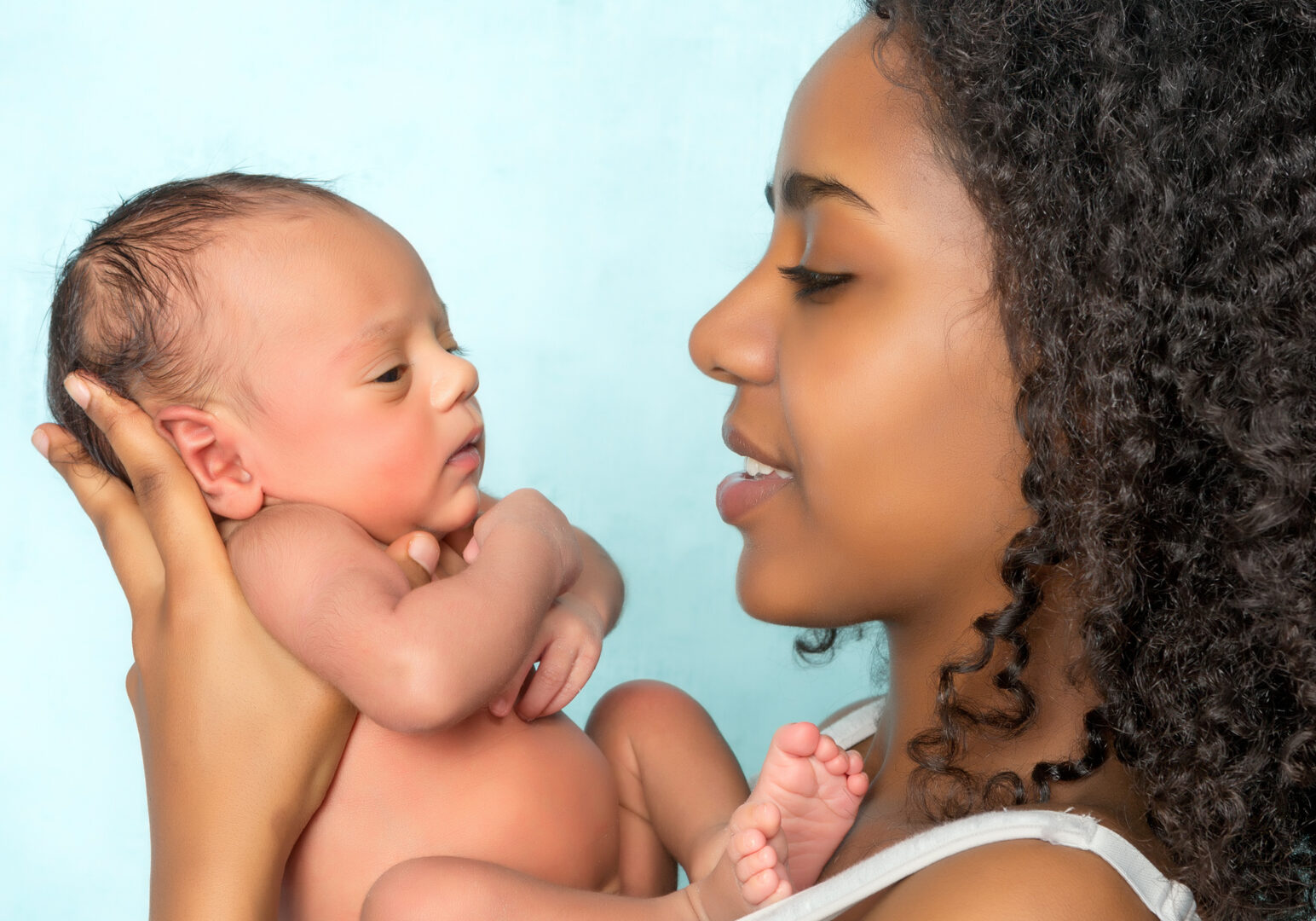Carpal tunnel syndrome and its association with body mass index, wrist ratio, wrist to palm ratio, and shape index
Filed under Reviews
A literature review of carpal tunnel syndrome and its association with body mass index, wrist ratio, wrist to palm ratio, and shape index
Madani, A. M., Gari, B. S., Zahrani, E. M. A., Al-Jamea, L. H., & Woodman, A. (2022). A literature review of carpal tunnel syndrome and its association with body mass index, wrist ratio, wrist to palm ratio, and shape index. Journal of Hand Therapy, S0894113022000357. https://doi.org/10.1016/j.jht.2022.03.002

The Skinny
Madani et al., 2022 conducted a literature review including 15 research articles investigating body mass index (BMI), wrist ratio (WR), wrist to palm ratio (WP), and shape index (SI) of the wrist and their impact on carpal tunnel syndrome (CTS).
In the Weeds
Two reviewers reviewed the articles, with a third reviewer examining their review. 15 out of 60 research articles relevant to this study were reviewed. The data collected from each article included the inclusion criteria, exclusion criteria, measurement and calculation of the anatomical components, and the findings of each article. The inclusion criteria were patients diagnosed with CTS, those without a diagnosis of CTS or other conditions impacting the carpal tunnel for the control group, and calculations of the anatomical components of BMI, WR, WP, or SI. The exclusion criteria included research articles written in a language other than English, not addressing other risk factors of CTS in the article, and any research article older than the 2004 publication. Each article was rated on the Newcastle-Ottawa Quality Assessment Form for Case-Control Studies (NOS), ensuring quality articles were included in the review. The articles included in the review received a moderate to high-quality score on the NOS.
Bringing it Home
BMI was higher in 14 of the articles in those with CTS compared to the control group. The wrist ratio was significantly higher in 10 of the articles. The wrist to palm ratio was significantly higher in 4 of the articles. The shape index was not significantly different between the control and experimental groups. Future research is needed to examine BMI and wrist ratio parameters as risk factors for CTS and further investigate the wrist to palm ratio and shape index of the wrist. The results of these studies are difficult to generalizable due to the small sample size of males in each study. The small sample size of males can be attributed to the prevalence of CTS in females being three times greater than in males.

Rating 3 out of 5
The evidence is not generalizable, resulting in poor external validity. BMI, wrist ratio, and wrist-to-palm ratio were all significantly higher than the control group. However, there aren’t numerical parameters to indicate exactly how/when these anatomical components are risk factors for CTS. These findings are important to identify the anatomical risk factors for CTS to incorporate into treatment and care for carpal tunnel syndrome.
More To Read
Hand Pain in Pregnancy and the New Parent
By: Rachel Reed The transition to parenting can be difficult on a mother or parent’s body, especially when considering the increase in repetitive hand use required to care for a baby. The most common upper extremity conditions that develop during pregnancy and postpartum are carpal tunnel syndrome and de Quervain’s tenosynovitis (Wagner, 2019). Frequently, new…
Read MoreWhat is the Effectiveness of IASTM?
Citation Kim, J., Sung, D. J., Lee, J. (2017). Therapeutic effectiveness of instrument-assisted soft tissue mobilization for soft tissue injury: Mechanisms and practical application. Journal of Exercise Rehabilitation, 13(1). doi: https://doi.org/10.12965/jer.1732824.412 The skinny IASTM is a relatively simple technique that uses the surface of an instrument to minimize the amount of pressure or force needed…
Read MoreTitle: Understanding De Quervain’s Pathology: A Comprehensive Exploration of Special Tests
Understanding De Quervain’s Pathology: A Comprehensive Exploration of Special Tests By: Miranda Materi De Quervain’s and Special Tests De Quervain’s tenosynovitis is a condition characterized by inflammation of the tendons on the thumb side of the wrist, causing pain and discomfort. These tendons include Abductor Pollicis Longus (APL) and Extensor Pollicis Brevis as they pass through…
Read MoreSign-up to Get Updates Straight to Your Inbox!
Sign up with us and we will send you regular blog posts on everything hand therapy, notices every time we upload new videos and tutorials, along with handout, protocols, and other useful information.





